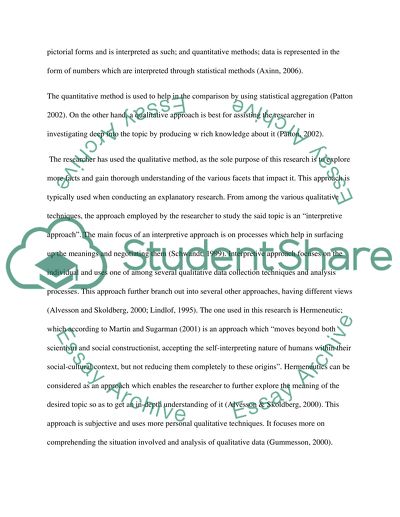Cite this document
(“International marketing Dissertation Example | Topics and Well Written Essays - 4500 words”, n.d.)
Retrieved from https://studentshare.org/marketing/1419852-international-marketing
Retrieved from https://studentshare.org/marketing/1419852-international-marketing
(International Marketing Dissertation Example | Topics and Well Written Essays - 4500 Words)
https://studentshare.org/marketing/1419852-international-marketing.
https://studentshare.org/marketing/1419852-international-marketing.
“International Marketing Dissertation Example | Topics and Well Written Essays - 4500 Words”, n.d. https://studentshare.org/marketing/1419852-international-marketing.


